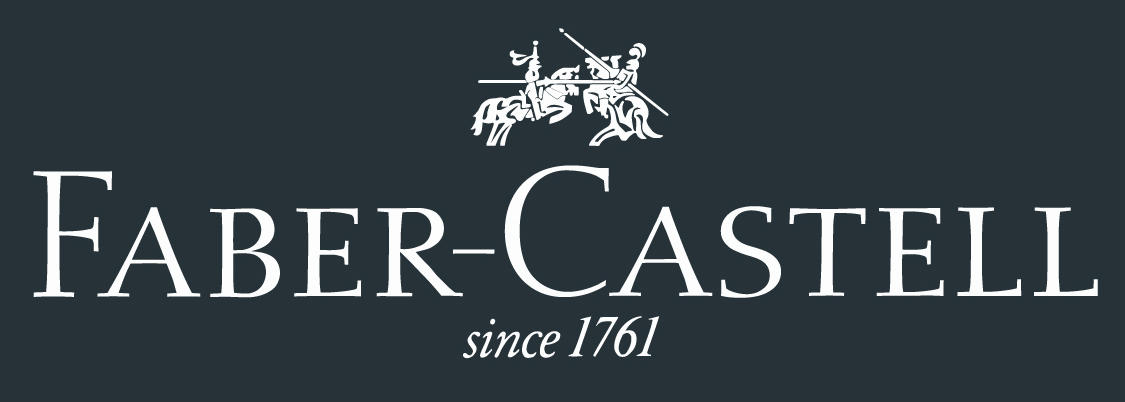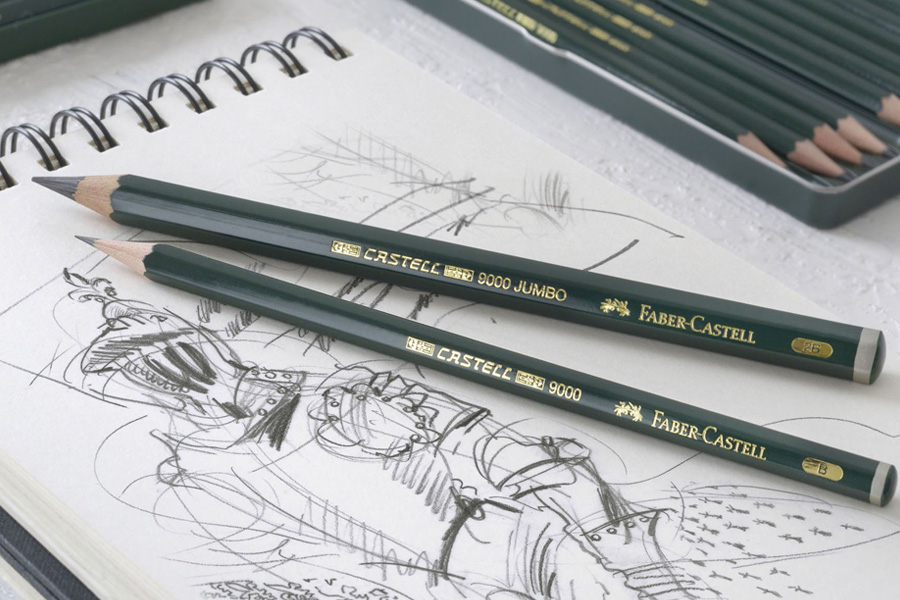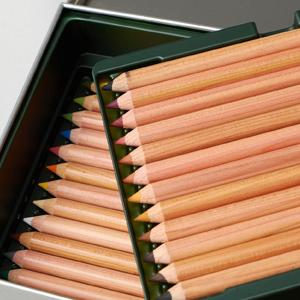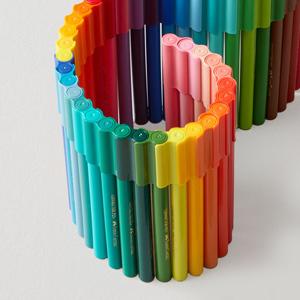

FABER-CASTELL HISTORY
Faber-Castell's history began when Caspar Faber started producing pencils in Stein near Nuremberg with his wife Maria and son Anton Wilhelm. Over the next century, the company became the manufacturer of one of the world`s most sought after art tools. Their pencils were used by artists all over the world. Today, the company, headquartered in Stein, Germany, manufacture about 2 billion pencils in more than 120 different colours every year, making it one of the world's largest art supply manufacturers.
THE PRODUCTION
Behind the scenes at the Faber-Castell Factory
TIPS & INSPIRATION FROM THE BLOG

IN CONVERSATION WITH NETTIE WAKEFIELD

THE STORY OF FABER-CASTELL

FABER-CASTELL TUTORIALS
CHANGE NEEDS CREATIVITY
SUSTAINABILITY AT FABER-CASTELL
Faber-Castell, a family-owned business, believes that a sustainable future requires innovative thinking and individuals passionate about shaping it creatively. As a driving force in the industry, Faber-Castell motivates people to unleash their creative potential through its products.
Sustainability is not a new trend for the company but a deeply ingrained part of its value culture and a proven success factor throughout its nine-generation history.

Environmental responsibility
Faber-Castell has always prioritized environmental sustainability, a cornerstone of its ESG strategy. To learn more about the company's extensive environmental projects and initiatives
SUSTAINABLE FORESTRY
Since the 1980s, Faber-Castell's managed forests in Prata, southeastern Brazil, have played a multifaceted role. They are essential for raw material supply and serve as a vital habitat for a diverse range of animal and plant species. Moreover, the trees absorb carbon dioxide from the atmosphere through photosynthesis, converting it into biomass and oxygen. Recognizing the importance of this unique forestry project, Faber-Castell is dedicated to its preservation.
KEY NATURAL RESOURCE
Wood, as the primary raw material for Faber-Castell pencils, holds immense importance. The company manages 4.5 million pine trees across 8,200 hectares of land, an area equivalent to 11,000 football fields, fulfilling the majority of its wood requirements. To ensure sustainable reforestation, Faber-Castell plants 300,000 new seedlings annually.









